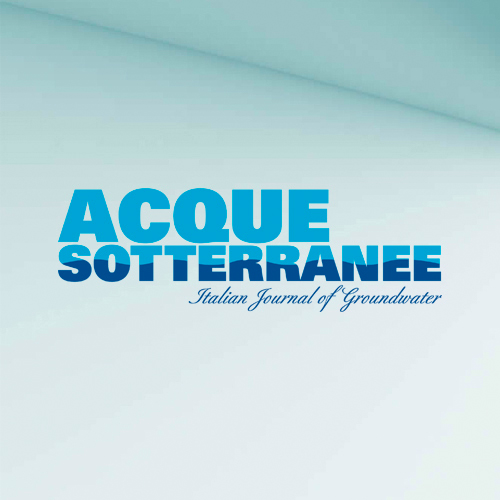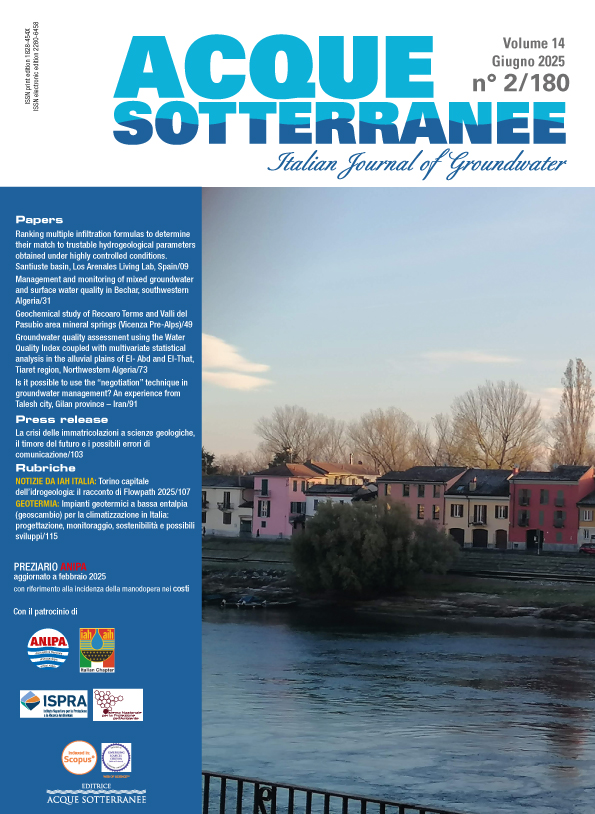Groundwater quality assessment using water quality index coupled with multivariate statistical analysis in the alluvial plains of El-Abd and El-That, Tiaret Region, Northwestern Algeria

All claims expressed in this article are solely those of the authors and do not necessarily represent those of their affiliated organizations, or those of the publisher, the editors and the reviewers. Any product that may be evaluated in this article or claim that may be made by its manufacturer is not guaranteed or endorsed by the publisher.
Authors
Groundwater is considered as the living artery of each region worldwide. It is at the origin of such economic and agronomic development and helps, therefore, to keep the local population in place, especially in disadvantaged areas. This study assesses the water quality index in the alluvial plains in the northwestern region of Algeria. This index provides a value that expresses the overall water quality based on various parameters. Therefore, field physical measurements coupled with laboratory hydrochemical analysis were used in this integrated study from 36 samples of three regions (Frenda, Ain Hedid, and Takhemert). The obtained dominance of anions and cations, in particular for HCO3−, Cl−, Ca2+, Mg2+, highlighted that the chemical facies of the study area shown three facies. The first is bicarbonate calcium, the second is chloride sodium, and the third is bicarbonate magnesium. The high correlation of TDS (Total Dissolved Solids) with all ions, notably Ca2+, Mg2+, Cl− , Na+ except HCO3− and NO3−, demonstrate that the mineralization, according to the literature, which is due to the alteration and dissolution of the source rock, in particular the carbonate rocks and the evaporitic rocks is the main factor of this correlation. For the water quality index, the results showed that 2.77% of the samples belong to the good quality category, while 63.88% and 33.33% to poor and very poor quality, respectively. Fortunately, the results of this index demonstrated the complete absence of unsuitable water quality. Nevertheless, given the vital importance of water and for the sustainable development of the region, the need to implement a continuous control of this source remains an urgent practice for the benefit of future generations.
How to Cite

This work is licensed under a Creative Commons Attribution-NonCommercial 4.0 International License.








